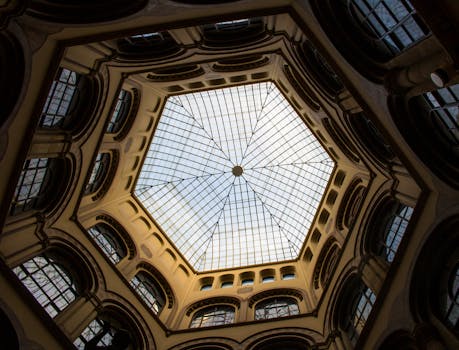
Traveling Through Time: How Europe’s Historical Heritage Shapes Modern Lifestyles in 2025
Traveling Through Time: How Europe’s Historical Heritage Shapes Modern Lifestyles in 2025. Europe, a continent steeped in history and culture, has a profound impact on modern lifestyles. From the ancient ruins of Greece and Rome to the medieval castles of England and France, Europe’s historical heritage is a treasure trove of inspiration for contemporary society. In this article, we will explore how Europe’s rich cultural legacy continues to shape modern lifestyles in 2025.
Introduction to Europe’s Historical Heritage
Europe’s historical heritage is a vast and diverse tapestry, woven from the threads of countless cultures, empires, and civilizations. From the Renaissance to the Enlightenment, Europe has been at the forefront of human innovation and progress. The continent’s historical landmarks, such as the Colosseum, the Acropolis, and Notre-Dame Cathedral, are testaments to the ingenuity and creativity of our ancestors. These iconic structures have not only withstood the test of time but continue to inspire wonder and awe in people around the world.
The Influence of Historical Heritage on Modern Architecture
One of the most significant ways in which Europe’s historical heritage shapes modern lifestyles is through architecture. Many contemporary buildings, from homes to offices, incorporate elements of historical design, such as columns, arches, and domes. This blending of old and new creates a unique aesthetic that is both nostalgic and innovative. For example, the modern skyscrapers of London’s financial district are designed to complement the city’s historic landscape, with sleek glass and steel facades that reflect the grandeur of nearby St. Paul’s Cathedral.
The Impact of Cultural Heritage on Art and Entertainment
Europe’s historical heritage also has a profound impact on modern art and entertainment. The continent is home to some of the world’s most renowned museums, galleries, and theaters, which showcase the works of artists, writers, and performers from throughout history. From Shakespeare’s Globe Theatre in London to the Louvre Museum in Paris, these cultural institutions continue to inspire new generations of creatives. Moreover, the influence of historical heritage can be seen in many modern art forms, such as film, music, and literature, which often draw upon themes, motifs, and characters from the past.
Conclusion: The Enduring Legacy of Europe’s Historical Heritage
In conclusion, Europe’s historical heritage is a rich and multifaceted treasure that continues to shape modern lifestyles in 2025. From architecture to art and culture, the continent’s cultural legacy is a powerful force that inspires innovation, creativity, and progress. As we look to the future, it is essential that we preserve and protect our historical heritage, not only for its aesthetic value but also for its ability to connect us with our past and inform our present. By embracing our shared cultural heritage, we can build a brighter, more enlightened future for generations to come.





